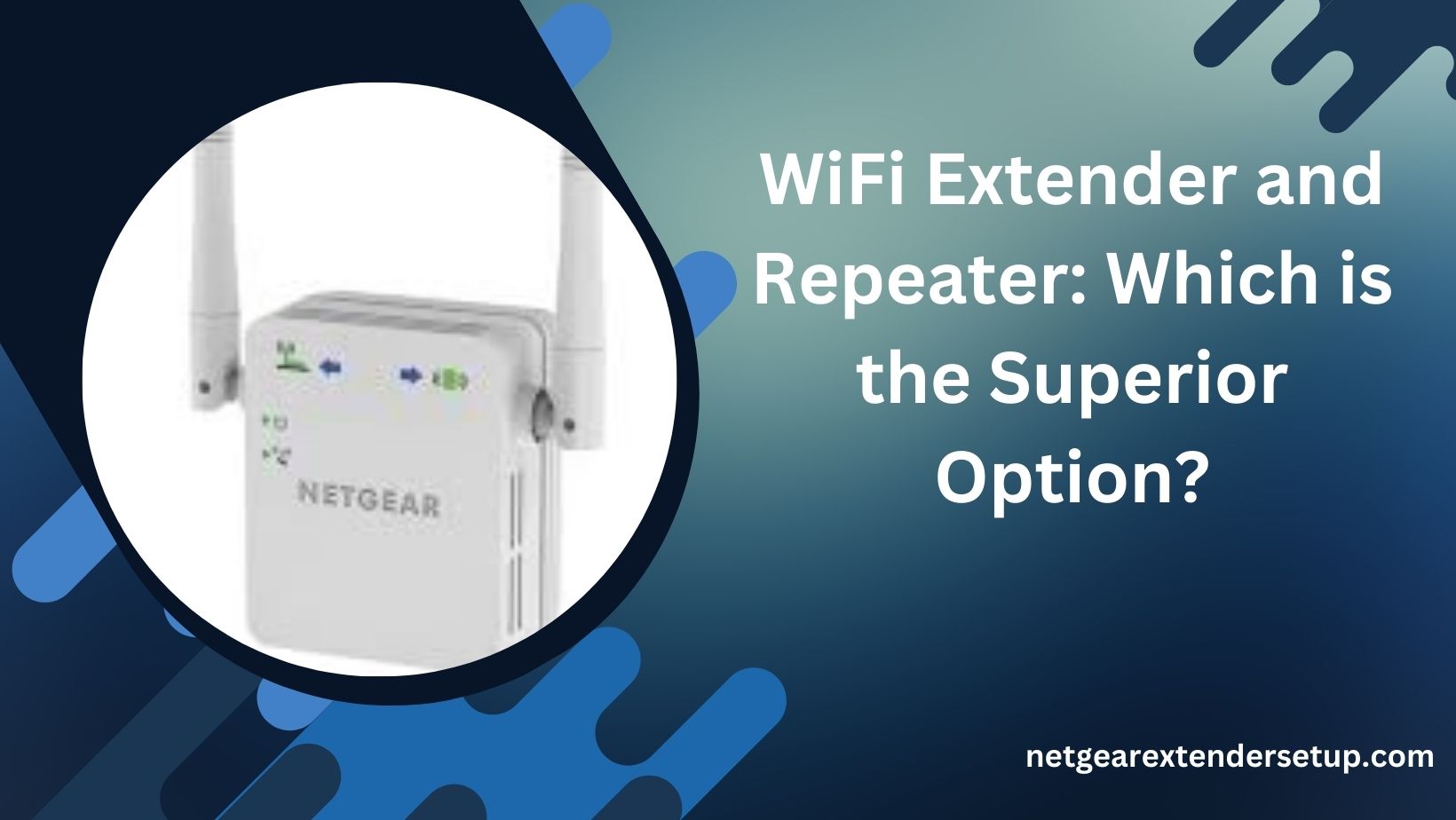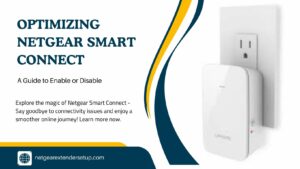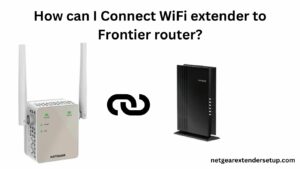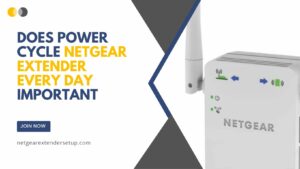Counting the myriad WiFi devices in the technological landscape would take eons. Fear not, however! This blog won’t delve into all of them. Instead, it will focus on two prominent networking gadgets shaping the digital world: WiFi extenders and repeaters. We’ve differentiated these products based on various parameters, making it easier for you to grasp their functionality and usefulness. This way, you can select the most suitable option for enhancing your home network. So, let’s delve into the comparison of WiFi Extender and Repeater.
Understanding Repeater and Extender:
Whether you’re considering installing a WiFi repeater or planning a WiFi extender setup, a central networking device, typically a router, is essential.
Both WiFi extenders and repeaters effectively transform internet dead zones within a house into fully functional WiFi zones, providing internet access to wired client devices as well.
Now that you’ve grasped the basics of WiFi extenders and repeaters, let’s zero in on the key aspect of the discussion: WiFi extender vs repeater. Examining the points below will aid in drawing informed conclusions.
Differences Between WiFi Extender and Repeater:
| No. | Parameter | WiFi Extender | Repeater |
| 1 | Functionality | Connects to the existing network, broadcasting the signal into a wider space. | Shares a connection with an access point, repeating its signals. |
| 2 | Connection Source Utilized | Connects to the router via Ethernet cable only. | Utilizes wired or wireless connection between repeater and router. |
| 3 | Impact on WiFi Speed | Extends network range with little impact on final WiFi speeds. | Repeats signals with less impact on concluding WiFi speeds. No complications. |
| 4 | Installation | Connects to the router using an RJ45 cable and accesses the web panel through default IP. | Typically installed by pressing the WPS button on repeater + router or browser-based method. |
Assuming you’ve carefully reviewed these differences, let’s shift our focus to the installation and usage steps for both devices.
Setting Up and Using a WiFi Extender:
Follow the steps below for setting up a Netgear WiFi extender (or any brand) through its default IP address 192.168.1.250:
- Create an Ethernet connection between the router’s LAN1 port and the extender’s WAN port.
- Power on the extender followed by the router and allow the LEDs to stabilize.
- Join the extender’s WiFi network on a computer and access the default IP address through a web browser.
- Complete the login process and follow on-screen instructions.
Setting Up a WiFi Repeater:
The repeater can be easily installed using a wireless connection with the router. Follow these steps:
- Turn on the router (access point) and the repeater.
- Push the WPS button on both devices.
- Allow the connection to be established.
- Connect your wireless client devices to the repeated WiFi network.
Quick Tip: WPS method can also be used for WiFi extender installation, but it assigns random SSID and password. Manual setup via IP address is recommended.
The Conclusion:
After careful consideration of this post, you’ll realize that a WiFi extender and repeater essentially serve the same purpose but through different connection sources. Choose the one that aligns with your specific connection requirements.
With that, we bring this blog to a close, aiming to provide clarity on the WiFi extender vs repeater concept. Select the option that best suits your home network needs!
Read more: Netgear M4250 Switch
FAQs:
Both devices are designed to be compatible with most routers, ensuring versatility in their usage.
Absolutely, both extenders and repeaters provide internet access to wired client devices, offering flexibility in connectivity.
While both devices boast user-friendly installation, WiFi extenders may require a bit more configuration through the web panel.
Yes, many modern extenders and repeaters support dual-band frequencies for enhanced network performance.
While theoretically possible, it is recommended to connect to the main router or extender for optimal performance.
Both devices may have a slight impact on speed, but it is generally minimal and should not drastically affect your internet experience.



